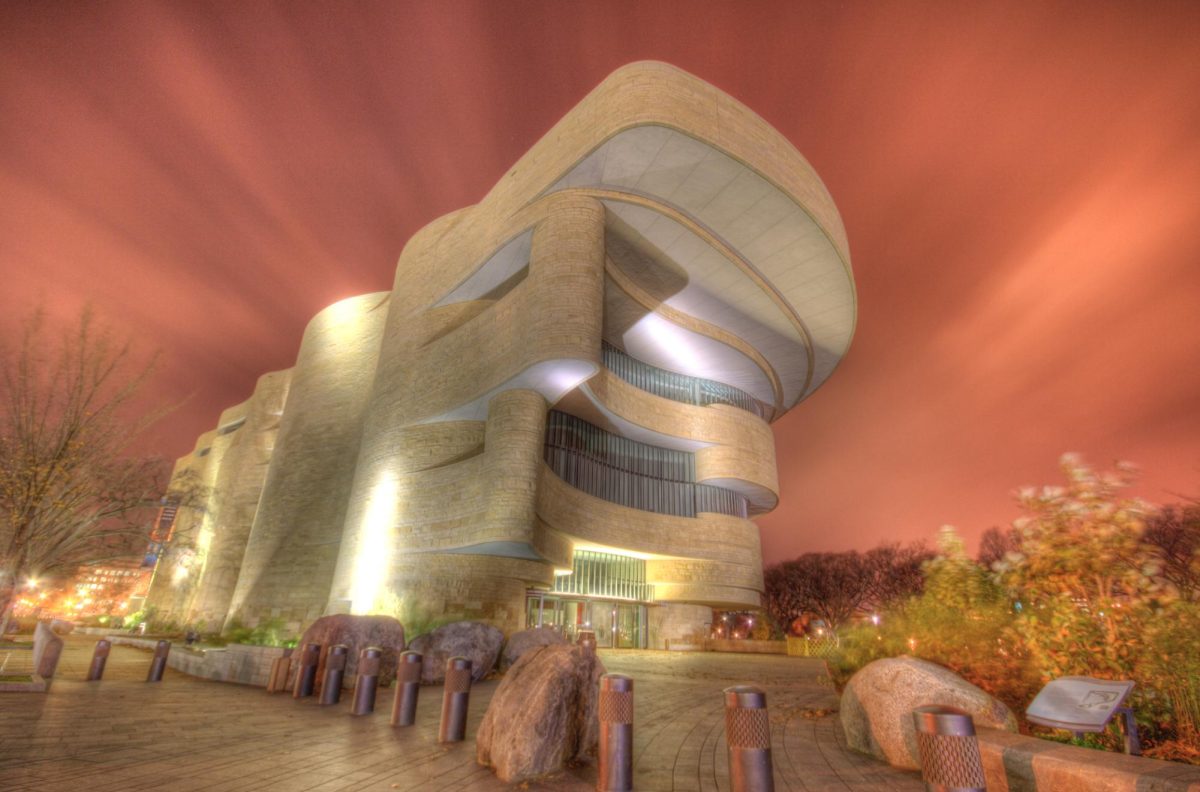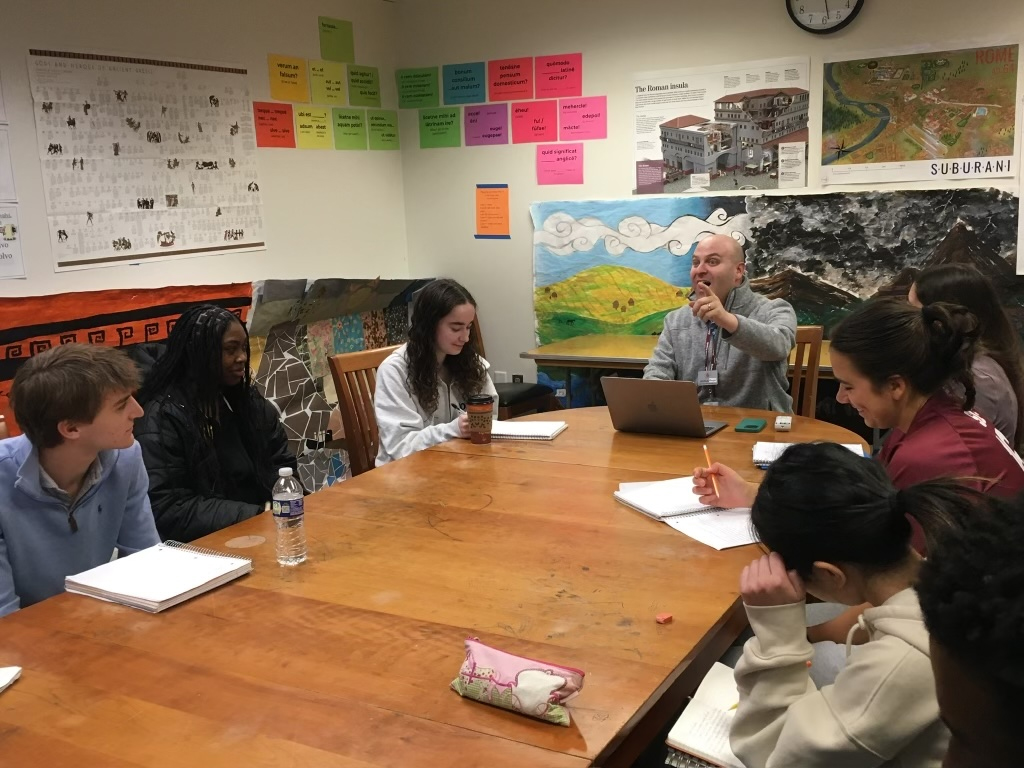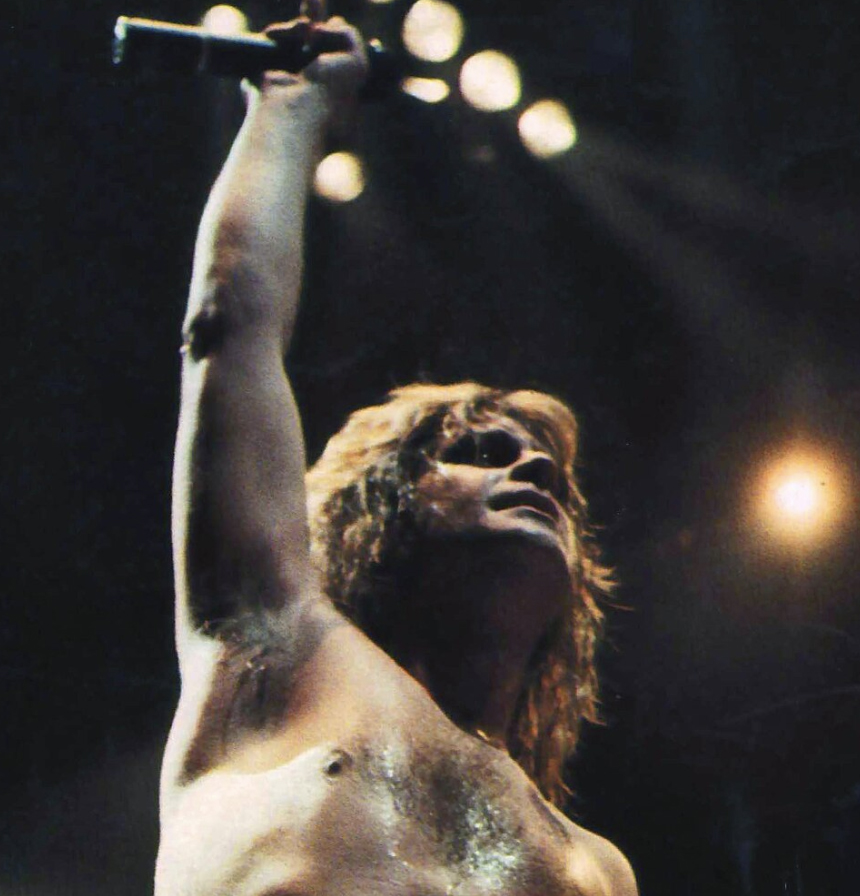“Star Wars: Ahsoka” is a live-action TV show centered around Ahsoka Tano, a popular character from the “Star Wars” franchise. She was first introduced in the “Star Wars: The Clone Wars” movie before becoming a major protagonist in the animated series “Star Wars: The Clone Wars” and “Star Wars Rebels.” “Ahsoka” is the character’s first major live-action appearance, excluding her brief cameo in “The Mandalorian.”
“Ahsoka” features an impressive cast and crew, starring actors Rosario Dawson, Ray Stevenson, Natasha Liu Bordizzo and Ivanna Sakhno. Directed by Dave Filoni, Steph Green and Peter Ramsey, the show follows Ahsoka’s journey through the galaxy as she investigates a new threat that emerges after the fall of the Empire. Overall, the show has its ups and downs, with clunky and at times odd dialogue, as well as the struggle to transfer an exclusively animated character into live action.
Because “Ahsoka” is a live-action show, a switch in actors, filming style, voices and writing was necessary. As expected, the characters changed during the transition, some for the better and some for the worse. Most notable is the attitude and dialogue of the characters. Throughout Ahsoka’s time on the screen, she has always been a lighthearted, fun character, though she was serious when the moment required it. However, this balance between humor and seriousness seems to have been lost in the show, as Ahsoka is serious and formal from the first episode. While Rosario Dawson’s acting is incredible, Ahsoka’s dialogue sounds too official and clunky for the upbeat character.
While some of the animated-to-live-action characters might sound different, the new characters established in the show were very well-developed and designed. Fan-favorites include Baylan Skoll and his apprentice, Shin Hati.
Despite Baylan’s limited screen-time, Ray Stevenson is able to capture the viewer’s attention with his incredible acting. Due to the thought-out dialogue and fully fleshed-out background, Baylan quickly becomes a compelling character, despite “Ahsoka” being his debut into “Star Wars” canon.
Although Shin Hati is Baylan’s apprentice, the characters are very different, making them both more captivating. Both because of and in spite of her limited dialogue and interactions with the main heroes, Shin becomes one of the most intriguing and mysterious characters in the show. Her cryptic nature is not overly dramatic, but it is enough to provoke the curiosity of the viewers.
Due to the science fiction aspect of the movie, CGI and extensive editing were required to bring the fight scenes, lightsabers and surroundings to life. “Star Wars” is well known for its innovative use of CGI and technology, with this trend continuing as more shows are released.
During the filming of “The Mandalorian,” a new technology to better visualize shots within a CGI space called StageCraft was created by Industrial Light & Magic, a company founded by George Lucas that is responsible for most of the visual effects in “Star Wars.” StageCraft involves shooting live-action actors and sets that are surrounded by large LED video walls. These screens display imagery backdrops, instead of the traditional green screen which has to be replaced later.
The use of these fully displayed CGI scenes allows the production team to manipulate the background in real-time, instead of attempting to ensure the green screen, actors and cameras are all in the perfect position to get the shot. This technology was further developed and implemented while filming “Ahsoka,” allowing for the beautiful backgrounds and visual effects seen in the show.
Overall, “Ahsoka” is an entertaining show with a fantastic cast and acting. While some fans were disappointed by the live-actions versions of their beloved animated characters, the new characters and impressive visual effects were exciting to see. Rated at a strong 86% on Rotten Tomatoes, “Ahsoka” quickly became a fan favorite as each episode was released weekly.
Season 1 of “Ahsoka” is currently streaming on Disney+.











































